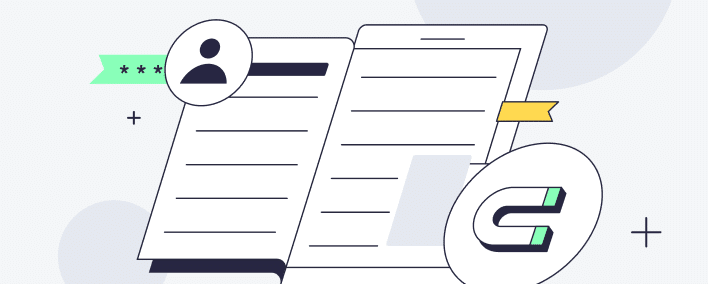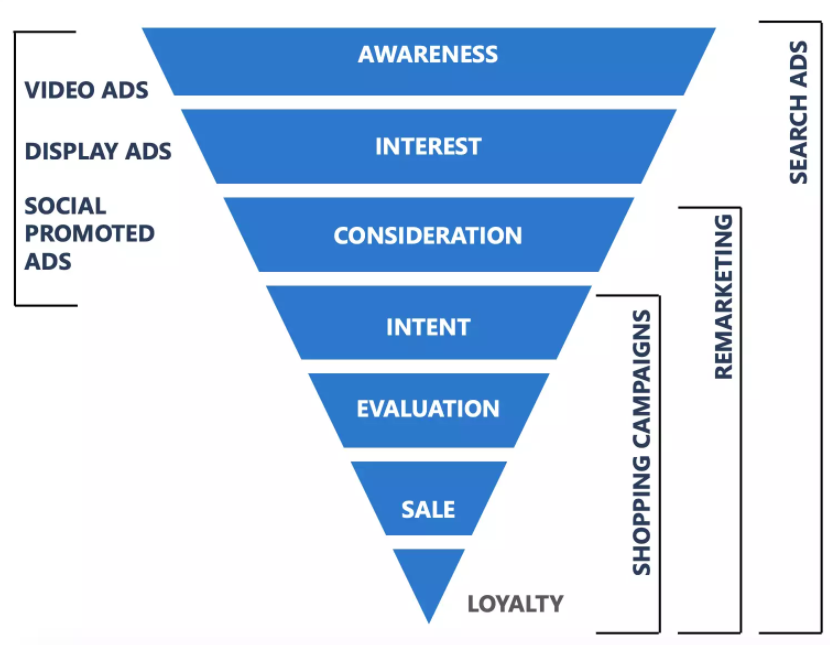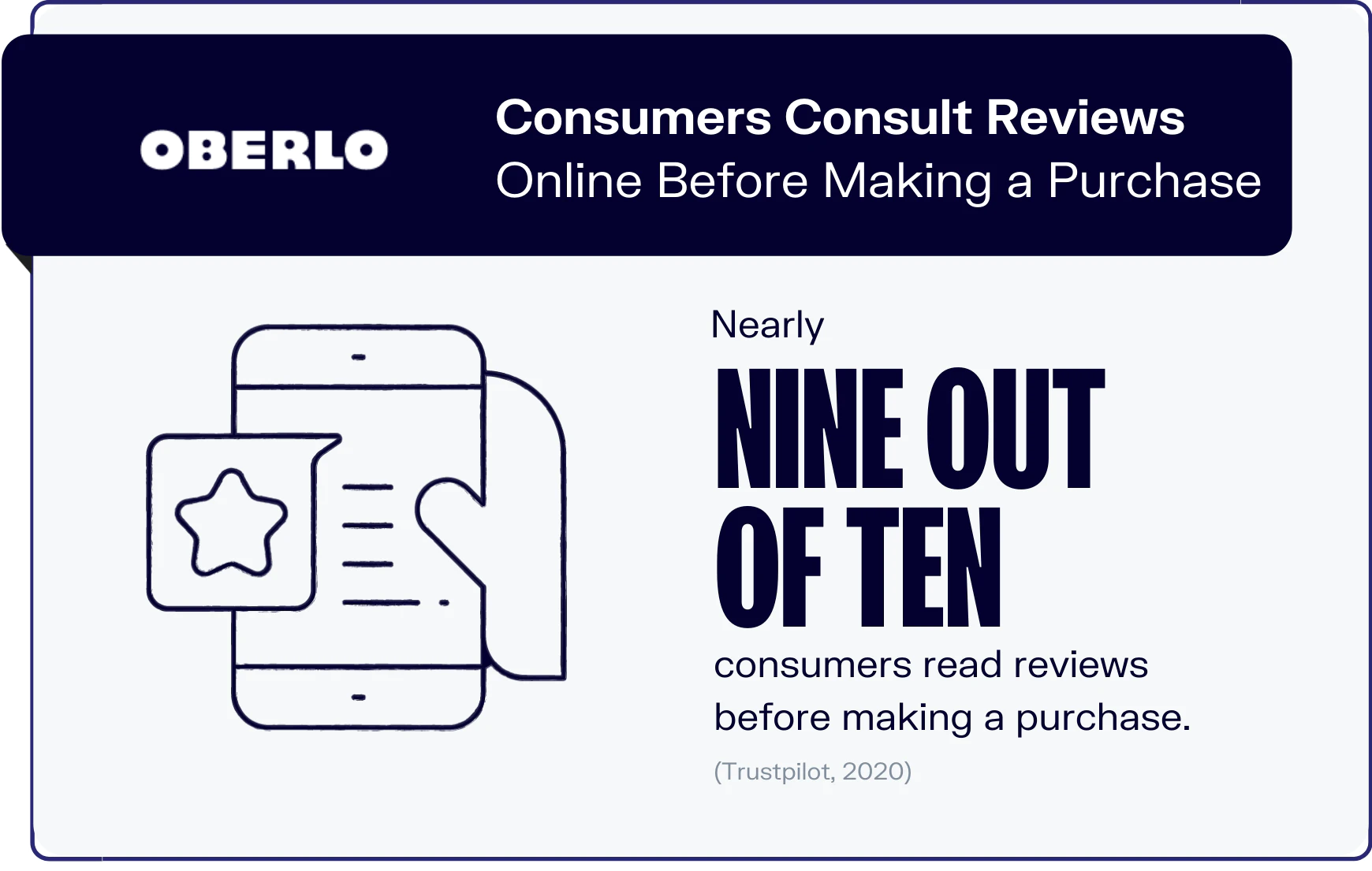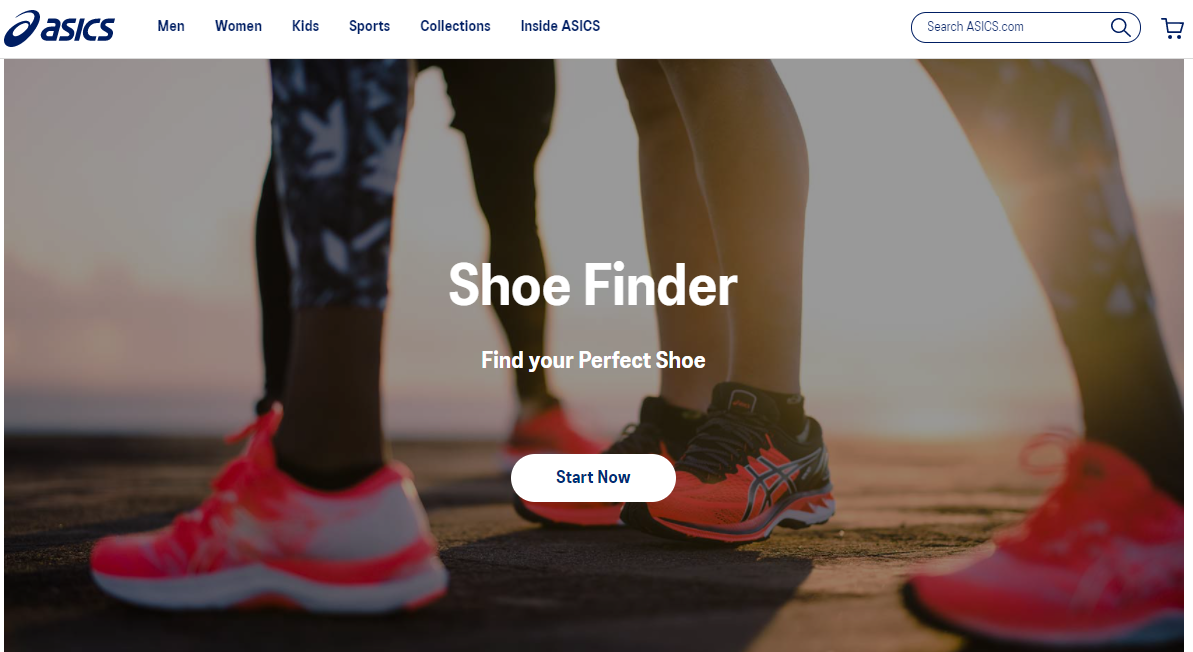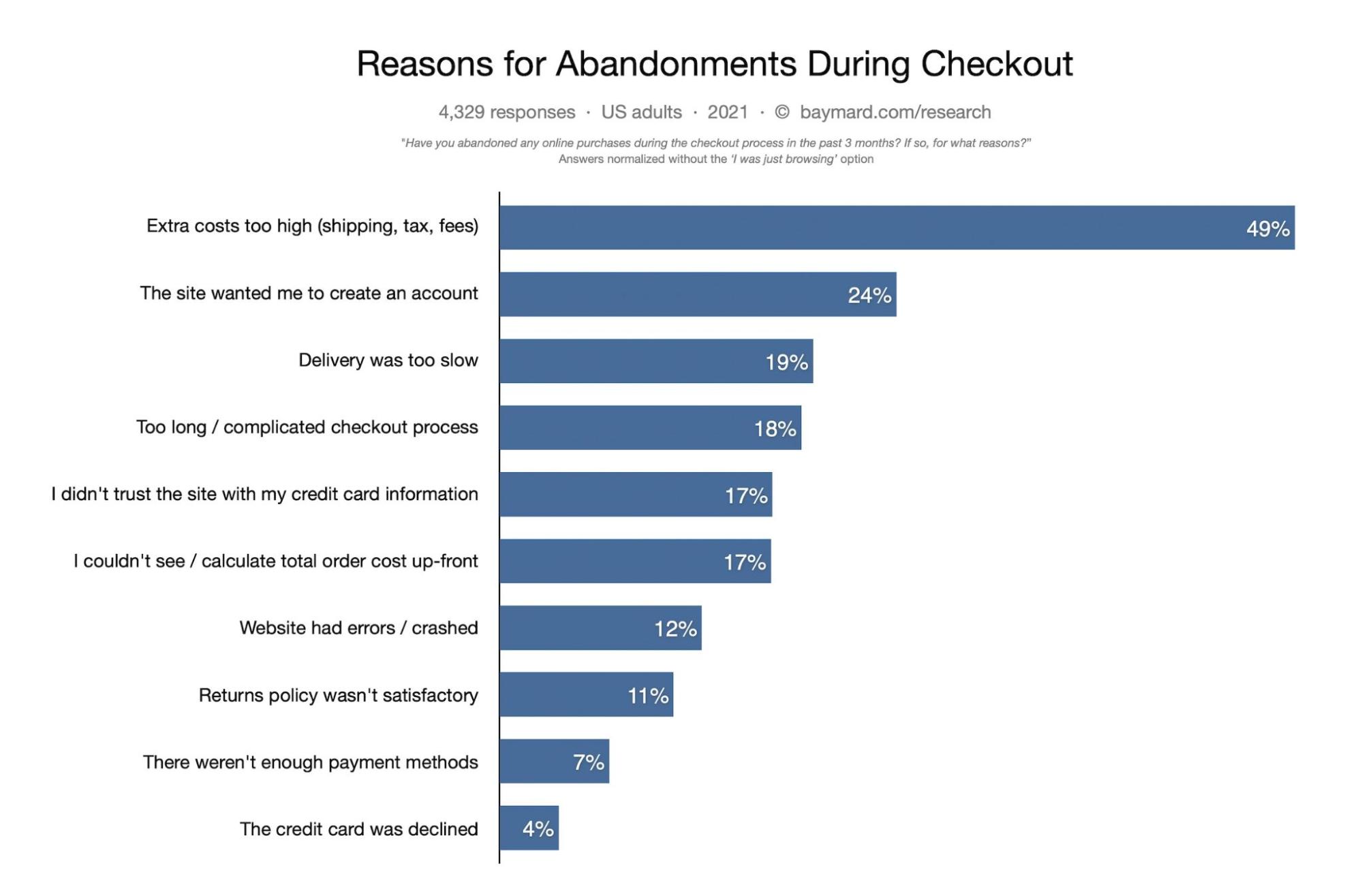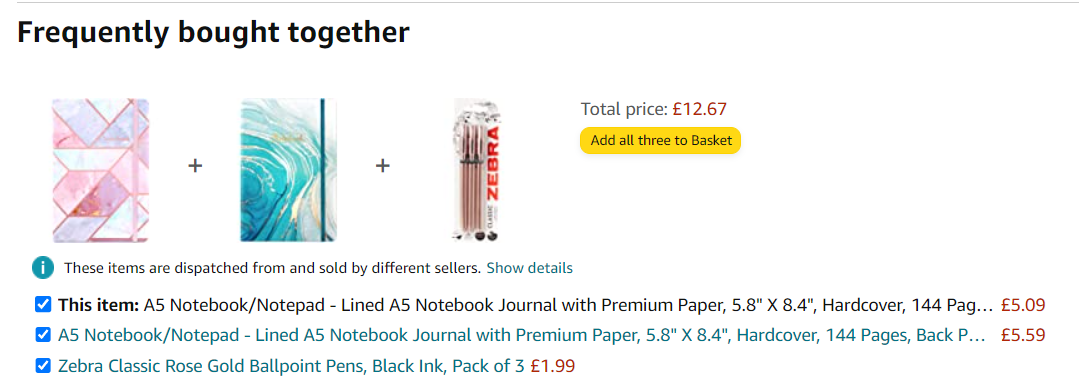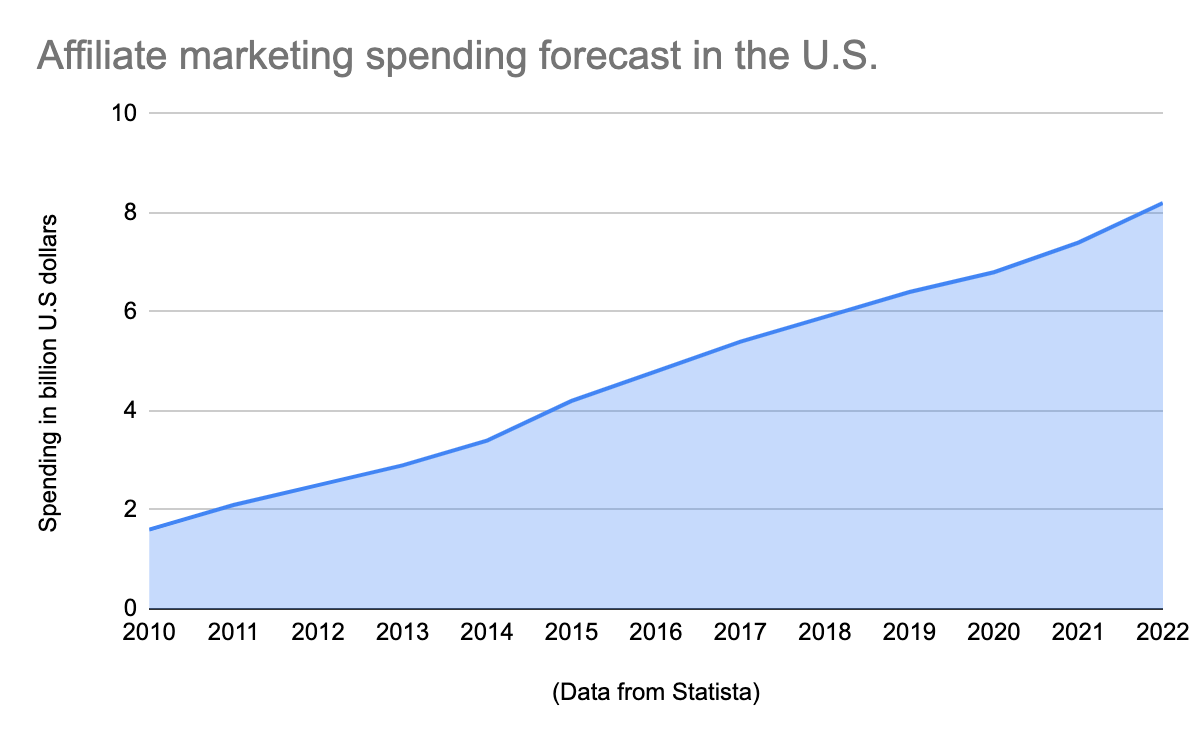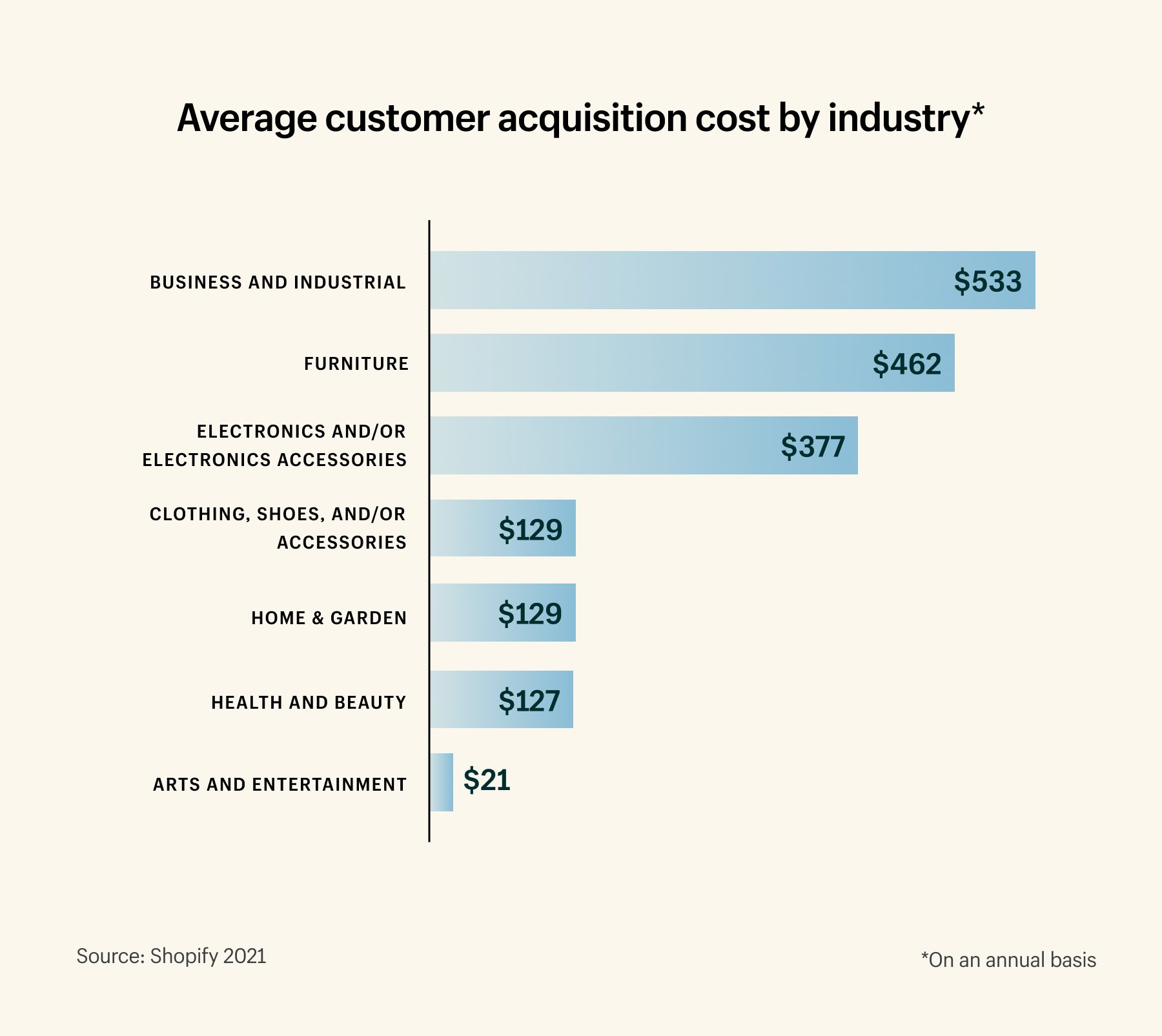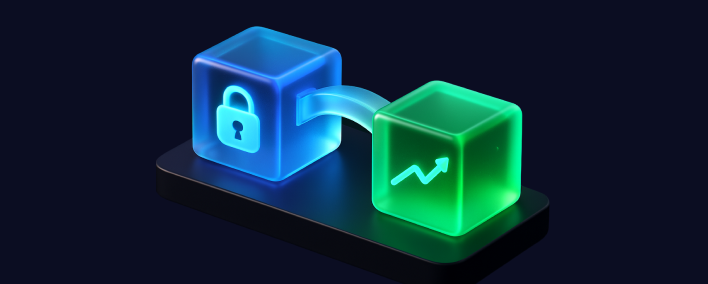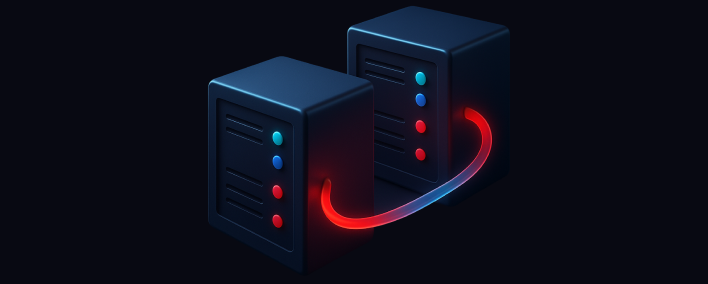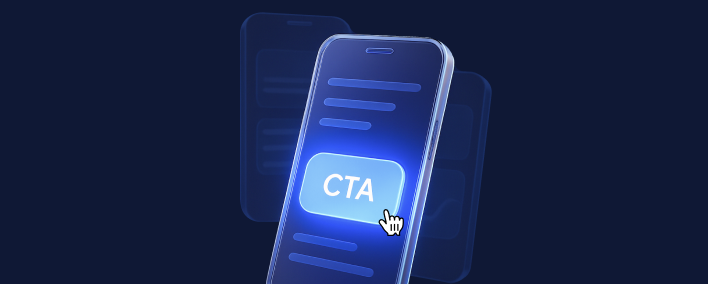Image Source
Site Speed
Slow-loading sites frustrate people navigating your ecommerce store. Search engines also use webpage loading times to decide on search results rankings, and low search results rankings affect your online visibility, impacting customer acquisition.
One easy way to improve your site speed is by compressing product images. Additionally, consider your website tech stack. Insufficient server bandwidth and resources can cause websites to lag. Upgrading your server technologies or choosing premium hosting plans can provide faster speeds. If you need to change platforms to optimize your processes consider tools, like Affise migration to move your partnership program.
Regularly check your site speed to ensure that you can handle the demand from your online shoppers as your customer base grows.
Optimize for Mobile
Over 10% of all retail commerce is set to happen via mobile devices by 2025, so it’s increasingly important to optimize accordingly.
Develop and test your site on different devices. Ensure your images, text, and theme are responsive. Use simple layouts that are easy to navigate and adapt to different screen sizes and devices.
Drive More Signups
While purchases are key to gaining customers, they’re not the only thing to focus on. Encourage prospective customers to sign up to newsletters, or create an account on your website.
One way to drive signups is to reduce input fields on forms to the bare essentials. Using incentives like time-limited discounts can also help. For example, customers receive 10% off their first order if they sign up for your newsletter with their name and email address.
One of the benefits of ecommerce partnerships is the ability to use influencers or other brands to push sign ups for you. That way, consumers who might never have interacted with your website may still end up receiving your marketing.
Think Local and Global
Every country is different, whether it’s culture, currency, or buying habits. While your online shop is global, tailoring your approach for local sales is vital for brand awareness in new countries.
There are several strategies to achieve this:
- Local payment methods
- Including local taxes in your prices
- Providing local support phone numbers
- Compare your site to local sites, not just global ones
For example, if you want to acquire new customers from France, set up local phone numbers and display prices in Euros. Additionally, use partnership marketing by targeting French influencers and businesses.
You can use tools, like CPAPI, to boost your partnership marketing opportunities. It lets you work with thousands of advertisers and offers in your selected location, improving acquisition channels and brand awareness.
Think local and global by considering what type of experience customers in each country want.
Salvage Cart Abandonment
Over 80% of website visitors abandon their purchases. It’s due to several reasons, such as high shipping costs, slow delivery options, or complicated checkout processes.










